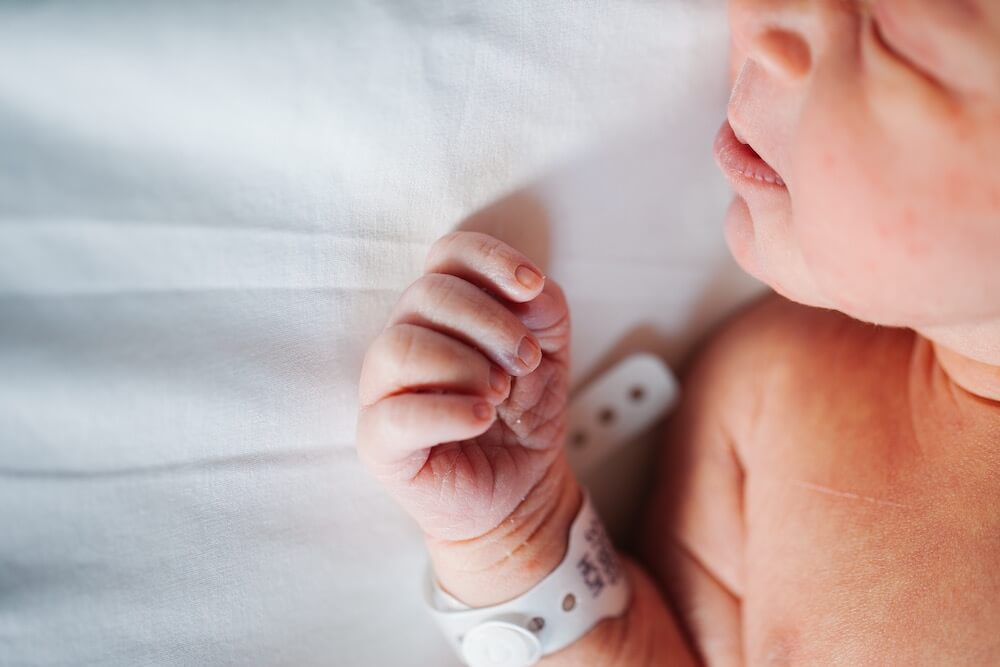Key points:
- Balance is a fundamental sense reinforced through repetitive motion.
- The vestibular system, responsible for balance, often goes unnoticed as it functions below our cerebral cortex.
- Vestibular system anatomy involves the cochlea, semicircular canals, and otoliths, sending signals for posture and eye movements.
- Babies seek vestibular stimulation through repetitive motions like swinging and bouncing to enhance reflexes and motor skills.
Balance, the ability to sense and adjust to gravity and perceive any kind of acceleration, is a fundamental sense that’s reinforced through repetitive motion.
But if this sense is fundamental, why is it often ignored? Known as the vestibular system, this sense functions below the level of our cerebral cortex and we often take it for granted.
How does balance work?
Did you know that the ears play an important role in balance? The auditory system’s cochlea is a part of a maze that sits in the vestibulum in the inner ear. Given that movement is made of rotations and transitions, the vestibular system consists of both the semicircular canal system (sensing angular acceleration in three planes) and the otoliths (sensing linear acceleration: gravity and translational movements). The receptor cells of the otoliths and the semicircular canals send signals through the vestibular nerve fibers to the neural structures that control eye movements, posture, and balance.
What is projected from this anatomical basis of the vestibulo-ocular reflex is essential for an accurate vision. These projections to the muscles that control posture are also necessary to maintain an upright position. The brain obtains this information from the vestibular system and from our ability to sense the position, location, orientation, and movement of our bodies to understand our motion and dynamics. A mature vestibular system allows a fetus to be able to sense their orientation and therefore turn into a proper position.
Balance reflexes
Various reflexes are apparent at birth.
- The asymmetrical neck response occurs when limbs adjust to maintain balance. So if you turn a baby’s head to the right, they will automatically extend their right arm and leg and flex the left-side limbs.
- The traction reflex occurs when a baby attempts to hold their head up while being pulled from lying to sitting. The vestibular system is aware of the forward movement of the head and contracts neck flexor muscles attempting to raise it to a vertical position. That’s why, if you turn your head rapidly, your eyes stay focused.
- The doll’s eye reflex is the clearest vestibular function, apparent in the eye movements. If a baby moves their head to the right, their eyes will remain to look forward.
Relationship between balance and repetitive motions
In order to practice and develop their balance skills, babies crave vestibular stimulation through repetitive motions like swinging and bouncing. They even do it themselves by bouncing and shaking their heads at 6-8 months of age.
The stimulation of the vestibular system in babies results in more advanced development of reflexes and motor skills. This stimulation is also beneficial with very young infants; they cry less when they are being rocked or repositioned. Vestibular stimulation has a profound impact on a baby’s overall behavioral state, resulting in greater overall alertness. This alertness is ideal for learning and absorbing information effectively.








